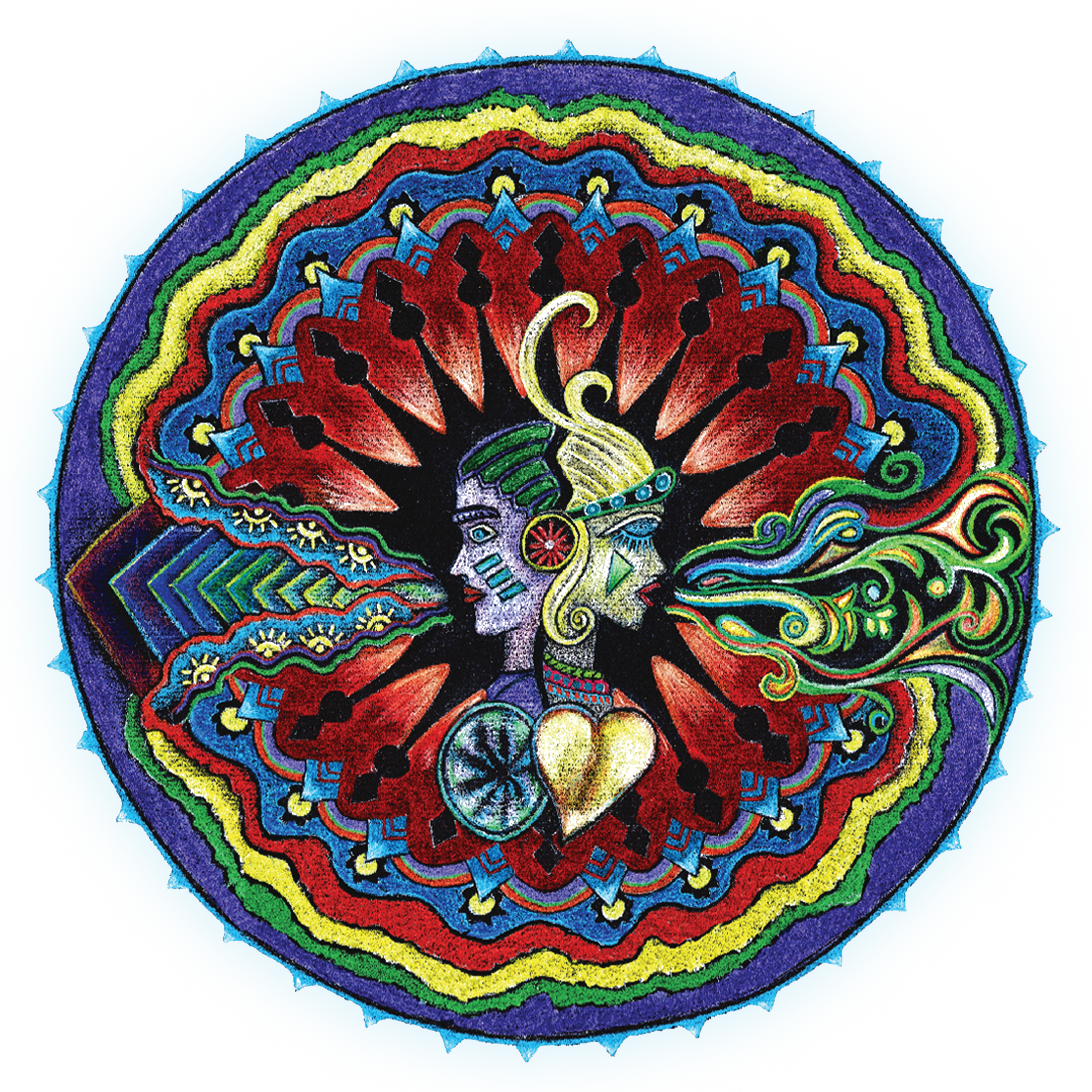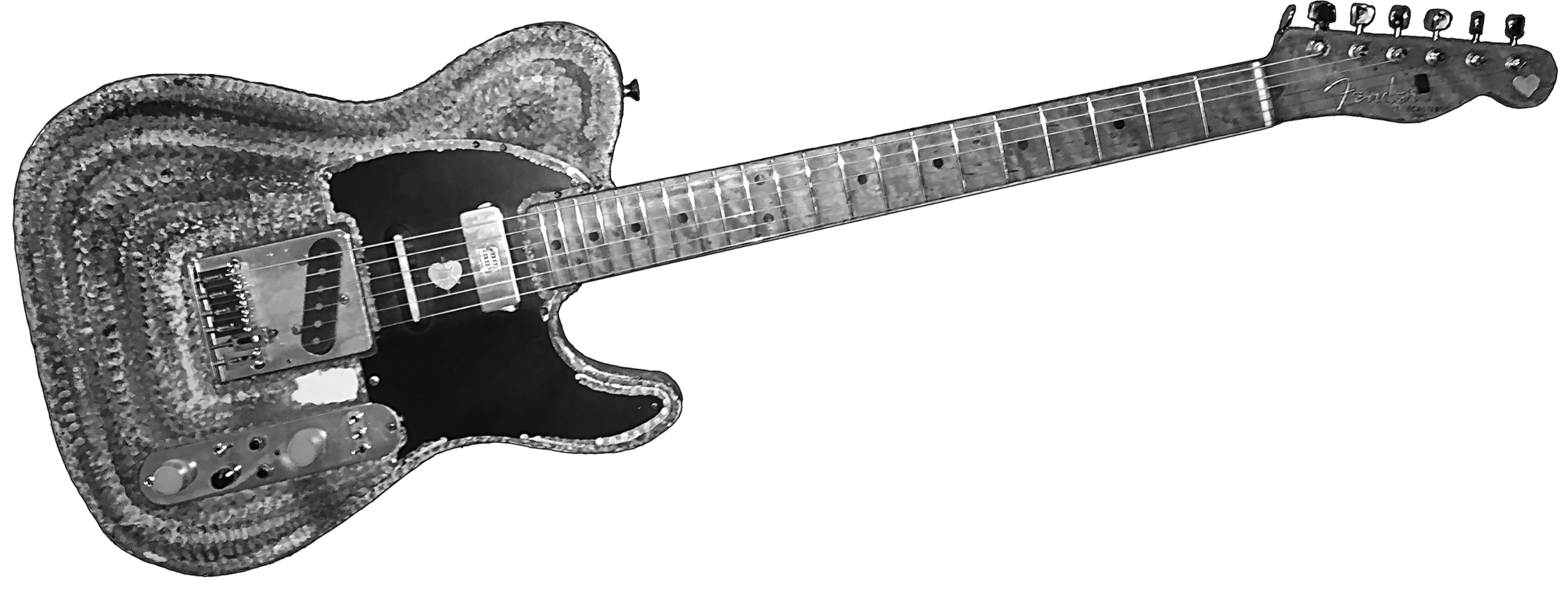CLASSROOM APPLICATIONS
Get an idea of what the A.L.L lesson includes
Arthur Lee Land’s Art of Live-Looping K-12 Assembly Program gives students an intimate, hands-on look into this amazing hi-tech 21st Century art-form. Using his own story as a “hyperactive” child, Arthur shares his unique viewpoint as a professional musician and recording artist who has reframed his perception of ADHD by way of the Hunter/Farmer Theory (See Hunter/Farmer Link) as a dynamic gift that has allowed him to become a global pioneer and innovator of the Art of Live-Looping.
The Art of Live-Looping Play-shop and Masterclasses are geared towards High School and College aged Music Students. Through dynamic performance, demonstration and audience participation, multi-instrumentalist Arthur Lee Land teaches the fundamentals in The Art of Live-Looping. The elements of musicianship, technology, sound engineer, arranger and entertainer all come together in this 21st century art-form. Learn how Arthur combines traditional instruments and emerging technologies to create an entire one-man band and how you can use live-looping to enhance your live performances. Live-looping is also a great tool for writing songs and practicing your instrument. Students will participate in improvised song creation and build their own loops.
The main difference between Playshop and Master Class is the level at which we get into advanced techniques based on the age/knowledge and ability of the students.
ART OF LIVE-LOOPING PLAYSHOP/MASTER CLASS OVERVIEW
1. Introduction
2. Live-Looping Demonstration/Explanation
3. Song Performance
4. Live-Looping Technique Analysis
5. Live-Looping Tools/Gear Analysis
6. Live-Looping Applications (stage, songwriting, practice studio & educational)
7. Live-Looping with Workshop Participants
8. Q & A
BAND CLASS
Demonstrating the Basic Concepts of:
1. Fundamental tone production
2. Articulation development
3. Ensemble precision
4. Pitch/intonation development
5. Chord structure
6. Phrasing
7. Melody parts
8. Harmony parts
9. Rhythmic phrases
10. Counterpoint parts
11. Balance/blend
12. Timbre
13. Dis-Harmony (flat/sharp/time)
14. Loop song segments to practice parts
15. Slow tempo down for difficult passages/lines
16. Record/loop entire song for playback analysis
17. Loop a song from a CD and then loop parts live on top of that for practice.Overdub as much as you want then erase and still have the original CD loop to use again later.
GENERAL MUSIC CLASS
Demonstrating the Basic Concepts of:
1. Melody
2. Harmony
3. Rhythm & Meter
4. Timbre
5. Dis-Harmony (flat/sharp/time)
6. Ear-Training
CHOIR
Demonstrating the Basic Concepts of:
1. Melodic lines
2. Three part harmonies
3. Counterpoint melodies/harmonies
4. Rhythmic phrases
5. Blend & Mix concepts
6. Dis-Harmony (flat/sharp/time)
7. Ear-Training

